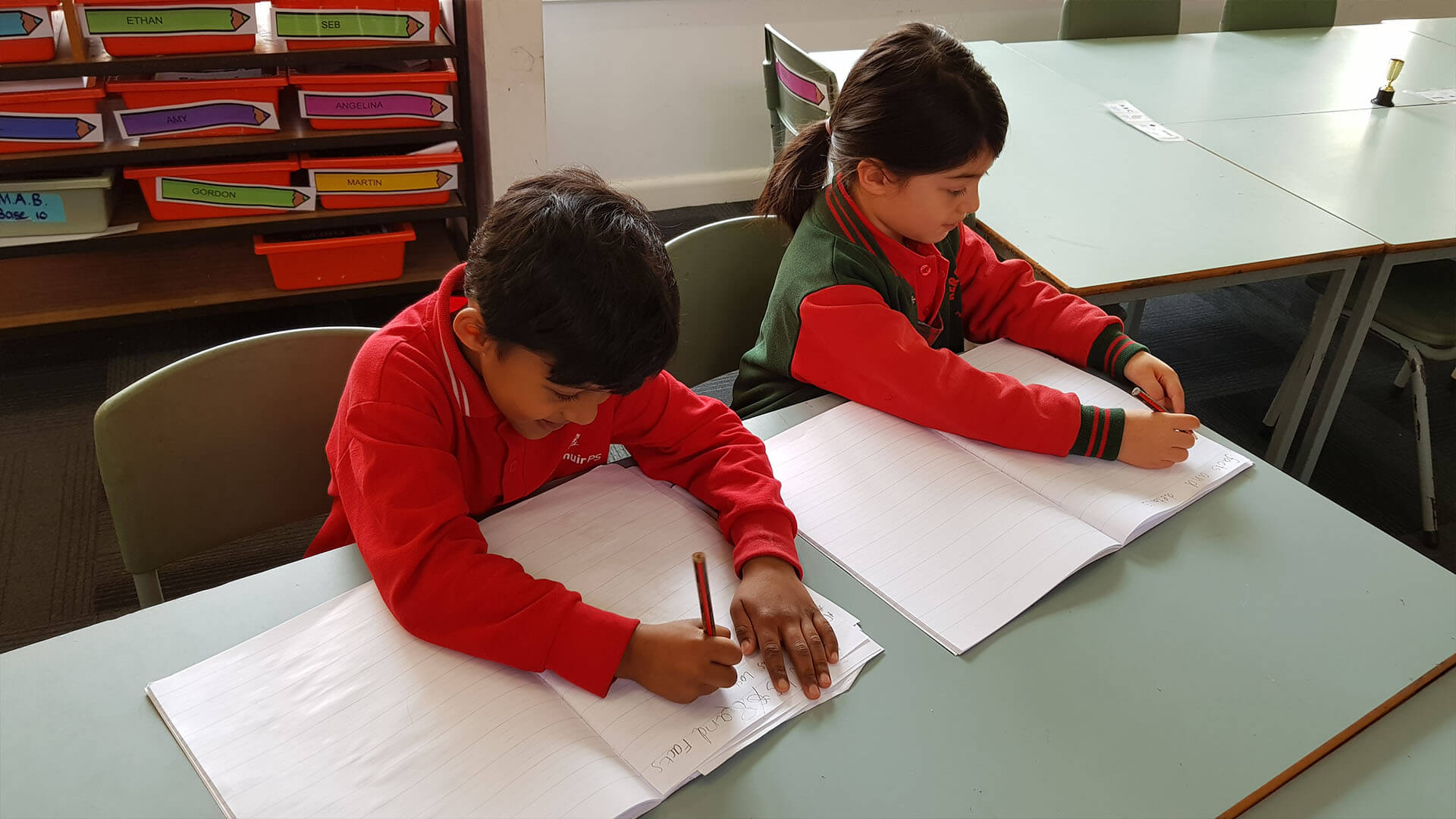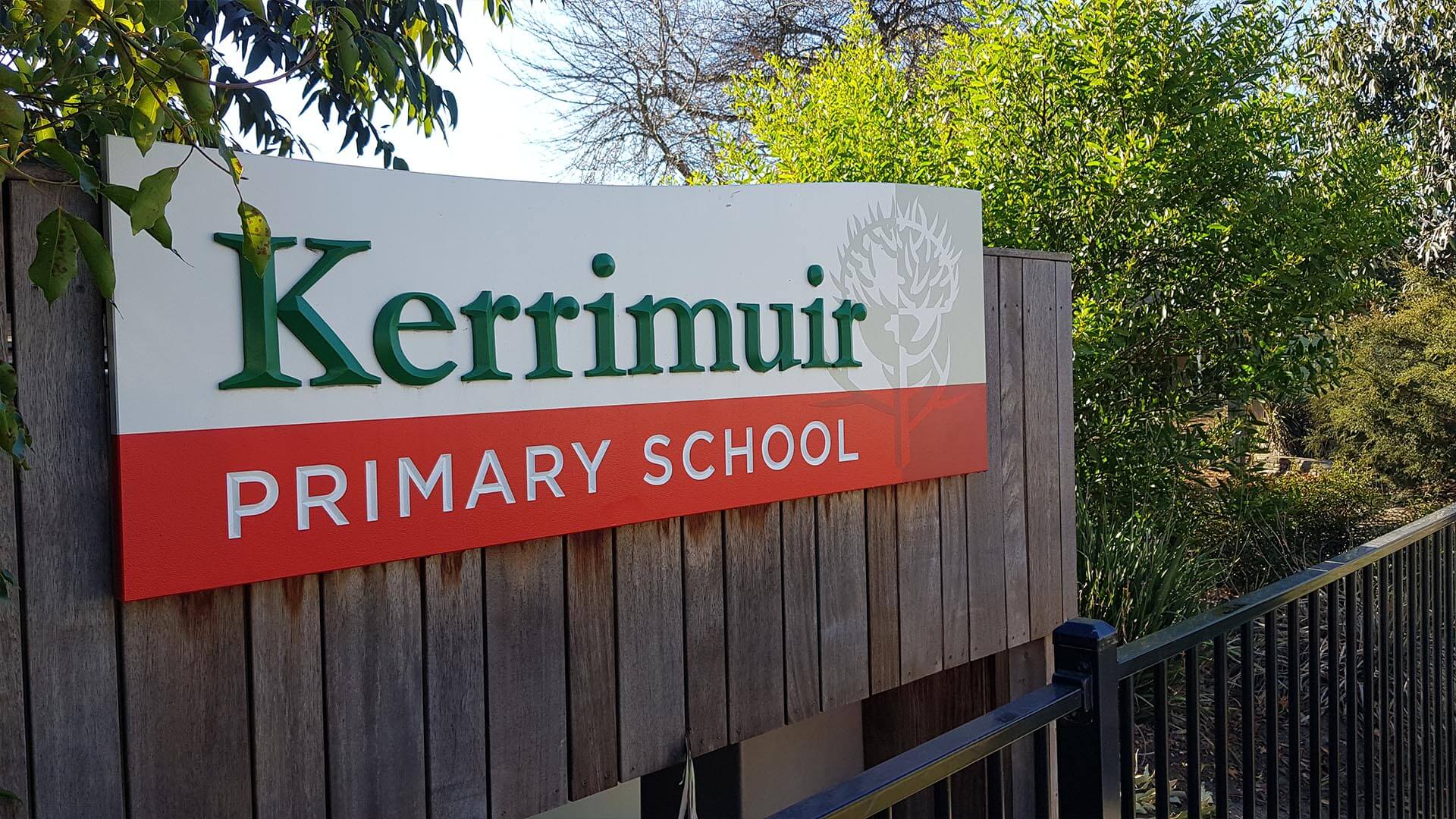



What Is Explicit Teaching
Building a culture of learning within today’s classrooms requires teachers and students to jointly engage in teaching and learning that is purposeful, relevant and clearly defined. In contemporary educational media ‘explicit teaching’ has been highlighted as an effective approach to literacy pedagogy that directly influences literacy learning.
A large body of research shows effective classroom interaction leads to successful learning when it is explicit and student-centred. Opportunities for learning are enhanced when classroom talk is clearly focused on learning about aspects of literacy and directly responds to the learning needs of the students.
Effective and explicit classroom talk emerges to be a pivotal feature of quality pedagogy as it ‘enables’ students to know what is of primary relevance and what is secondary for this lesson at this time, and they will know what is useful and relevant to take to new learning situations.
Effective teachers build on the notion that meaningful teaching and learning acts on knowledge of the learner – they know their students and respond to their learning needs. This is mirrored in the classroom talk. An essential component of explicit teaching therefore is linked to collecting assessment evidence of student learning; teachers need to know what students can do in order to respond authentically and explicitly to their learning needs (both in their talk and in the tasks they design for their students).
Knowing individual learning needs helps to direct teaching and the talk of the classroom toward assisting students to achieve desired outcomes. Not only do they act on clear instructional goals and focused planning of learning outcomes, they directly seek clarification from their students by responding to what is said to ensure that what students ‘hear’ and ‘talk about’ clearly relates to learning objectives.
Explicit teaching involves directing student attention toward specific learning in a highly structured environment. It is teaching that is focused on producing specific learning outcomes. Topics and contents are broken down into small parts and taught individually. It involves explanation, demonstration and practice. Children are provided with guidance and structured frameworks. Topics are taught in a logical order and directed by the teacher.
Another important characteristic of explicit teaching involves modeling skills and behaviours and modeling thinking. This involves the teacher thinking out loud when working through problems and demonstrating processes for students. The attention of students is important and listening and observation are key to success.
Explicit teaching is critically about clarity in:
- knowing the learner
- responding to the learner
- implementing focused lessons
- reflection and review
Explicit instructional talk is evident when it directly and intentionally prepares students for their learning, informs them of the learning path and enables them to develop metacognitive strategies for knowing that learning has taken place. It is an approach that clearly explicates and maintains the ‘what’, the ‘how’ and the ‘why’ of any given lesson. It:
- makes assessment and learning purposes and goals clear by presenting students with ‘upfront’ information about the new learning in terms of the primary topic and purpose for the learning or assessment task
- engages student thinking for the purpose of learning about specific aspects of literacy and involves a clear progressive lesson structure that allows introduction-elaboration-practice-summary/review. It requires the teacher to work within a structured framework for the focused teaching of all aspects of literacy that connects what is new to what is known
- assesses student learning throughout the lesson by monitoring the talk. It responds to student contributions in a way that makes the connections to specific learning a priority
- responds to students’ contributions in lessons in a meaningful way that provides scope for them to reformulate ideas, skills and knowledge and articulate their learning to make real connections to their learning at all stages of the lesson
- builds on, and asks students to build on to each others’ responses
- engages in focused instructional talk, and does not allow conversations about ‘everyday familiar topics’ or talk orienting to ‘behaviour management’ to cut into and override the main learning agenda
- allows time at the end of the lesson for students to share their learning with talk (or brief written notes) that summarise, review or reflect on the main learning points of the lesson.

